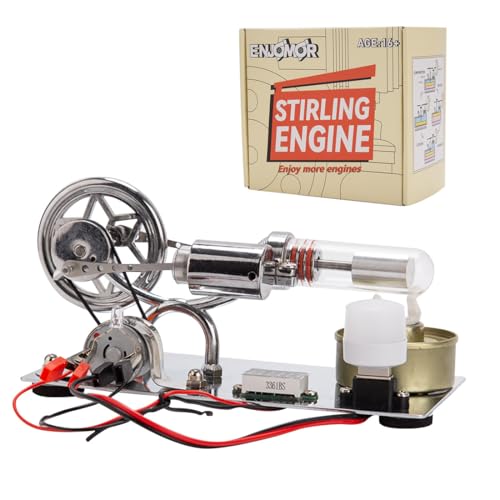- Joined
- Feb 26, 2020
- Messages
- 700
- Reaction score
- 436
I am not sure if that is a good idea  or new. I did not find much about making gear cutters for shaper or slotting head.
or new. I did not find much about making gear cutters for shaper or slotting head.
A while ago I made a small slotting head for the light weight milling machine.
https://www.homemodelenginemachinist.com/threads/poor-mans-slotting-head.34126/
then recently I looked into the "Arduino Rotary Table for dummies", resulting in me finally getting a small rotary table.

Mounted on the "slotting machine".
I have been reading and seeing videos about "button tools" to make form cutters, to turn gear cutter blanks. Looking at it I had the idea to sort of "reverse" it.
The idea is to keep a "Drill blank" vertical (hardened HSS pieces with rel. precice diameter) to make the slotting tool.
I see a lot of shaper tools that have the cutter perpendicular to a holder, but making them parallel to the cutting motion seems (in my opinion) easier. (downside is the limited stroke, but for slotting it was fine so far.)

I do not need one, just trying the idea
Greetings Timo
A while ago I made a small slotting head for the light weight milling machine.
https://www.homemodelenginemachinist.com/threads/poor-mans-slotting-head.34126/
then recently I looked into the "Arduino Rotary Table for dummies", resulting in me finally getting a small rotary table.

Mounted on the "slotting machine".
I have been reading and seeing videos about "button tools" to make form cutters, to turn gear cutter blanks. Looking at it I had the idea to sort of "reverse" it.
The idea is to keep a "Drill blank" vertical (hardened HSS pieces with rel. precice diameter) to make the slotting tool.
I see a lot of shaper tools that have the cutter perpendicular to a holder, but making them parallel to the cutting motion seems (in my opinion) easier. (downside is the limited stroke, but for slotting it was fine so far.)
- Figuring out the required "button size" that would be used for a similar size gear cutter.
- Getting a piece of round material as a workholder.
- Then two holes were drilled and reamed parallel to the centerline of the stock (required offsets to front and side "CAD")
- threaded holes perpendicular to the reamed holes help to clamp the HSS blanks. (ground little flat on HSS blank to be able to align and clamp)
- two HSS blanks were fittet into the work holder (it makes measuring easier and a spare cutter is produced at same time).
- I put the workholder into a punchgrinding fixture and ground the two bits down to the required outside diameter.

- Then the blanks are swapped (right vs. left)

- again ground to same "required" diameter as before on punch grinder (center of workholder is the spinning axis, so alignment is rel. easy)
 Then each tool looks like this which is basically the finished internal tooth profile.
Then each tool looks like this which is basically the finished internal tooth profile. - grinding some relief angles and put it into the slotting head

- proof of concept seems O.K. The limit is more my ability to set things up as accurate as possible in each of the steps.
 internal gear has 40 teeth module 0.5 (similar to 48 dp)
internal gear has 40 teeth module 0.5 (similar to 48 dp)
I do not need one, just trying the idea
Greetings Timo

























![DreamPlan Home Design and Landscaping Software Free for Windows [PC Download]](https://m.media-amazon.com/images/I/51kvZH2dVLL._SL500_.jpg)







































